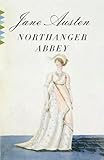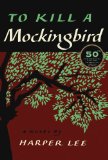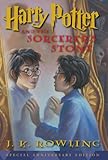 Jane Austen’s Northanger Abbey is the story of the naive Catherine Morland. Catherine accompanies Mr. and Mrs. Allen, family friends, to Bath and meets and befriends Isabella Thorpe, the daughter of one of Mrs. Allen’s school friends. Catherine also meets Henry Tilney and is instantly smitten. Catherine also befriends Tilney’s sister Eleanor and secures an invitation to visit the Tilneys’ home Northanger Abbey from General Tilney, Henry and Eleanor’s father.
Jane Austen’s Northanger Abbey is the story of the naive Catherine Morland. Catherine accompanies Mr. and Mrs. Allen, family friends, to Bath and meets and befriends Isabella Thorpe, the daughter of one of Mrs. Allen’s school friends. Catherine also meets Henry Tilney and is instantly smitten. Catherine also befriends Tilney’s sister Eleanor and secures an invitation to visit the Tilneys’ home Northanger Abbey from General Tilney, Henry and Eleanor’s father.
Every synopsis of Northanger Abbey that I’ve read has been misleading. Even the title is misleading. I was misled into believing the entirety, or at least a large portion of the book would take place at the imposing Northanger Abbey, ancestral home of the Tilneys. I judge about half the book is actually set at Northanger Abbey. Also, most synopses of the book that I’ve read reference Catherine Morland’s romantic imagination convincing her that a strange gothic history has taken place at Northanger Abbey, but that episode occupies only a small part of the plot of the novel — a few chapters at best.
I don’t think this novel is so much a parody or satire of gothic novels as it is the story of how a young girl loses her naiveté. It was a quick, enjoyable read, and I liked it better than Emma, though I don’t think it quite tops Pride and Prejudice or Sense and Sensibility. Catherine was a likable character, and I enjoyed the dialogue in the novel (as always in Austen’s writing).
I read Northanger Abbey as part of the Historical Fiction Challenge. At this point, my progress in the challenge stands thusly:
- Confessions of a Pagan Nun by Kate Horsley
- Nothing Like the Sun by Anthony Burgess
- Wide Sargasso Sea by Jean Rhys
- Wuthering Heights by Emily Brontë
- Northanger Abbey by Jane Austen
- Jonathan Strange and Mr. Norrell by Susanna Clarke
I don’t think I’ll pick up Jonathan Strange and Mr. Norrell again next, but I’m not sure what I will read, as I expecting a bunch of books in the mail and would like to choose from among them; which one I choose depends on which arrives first. I’ll update once I have the books in hand and have made a decision.






